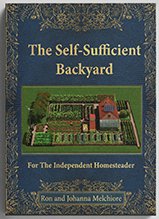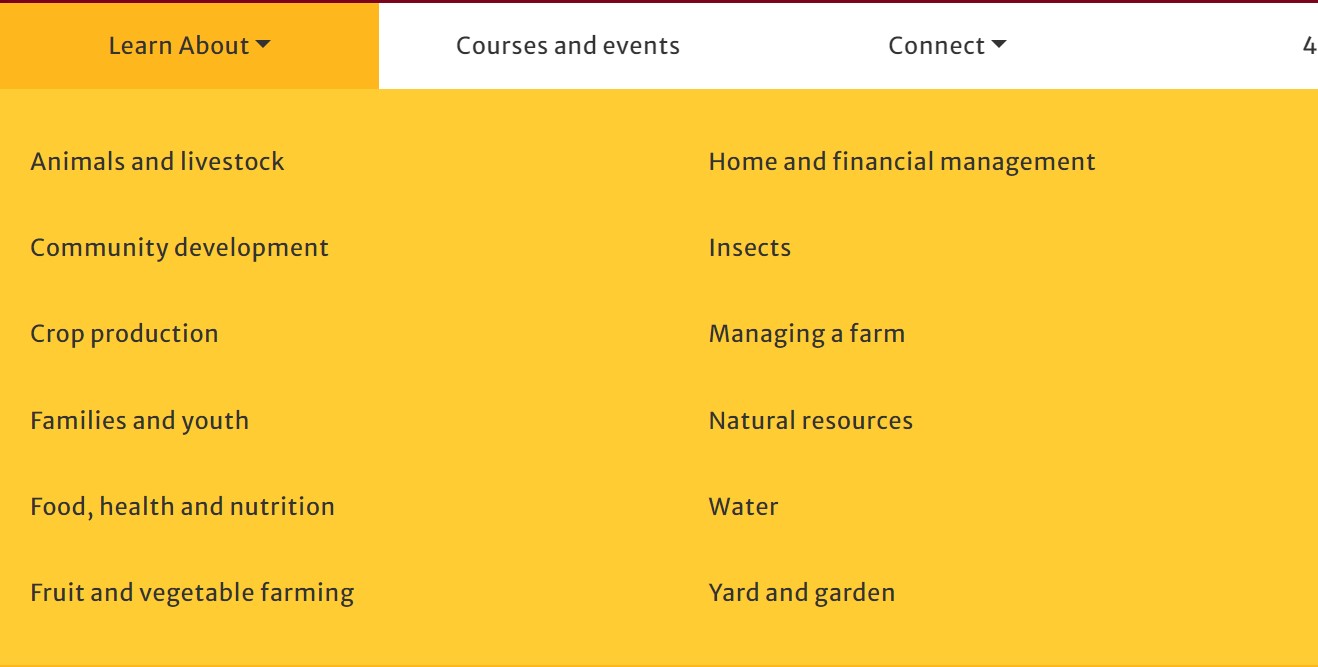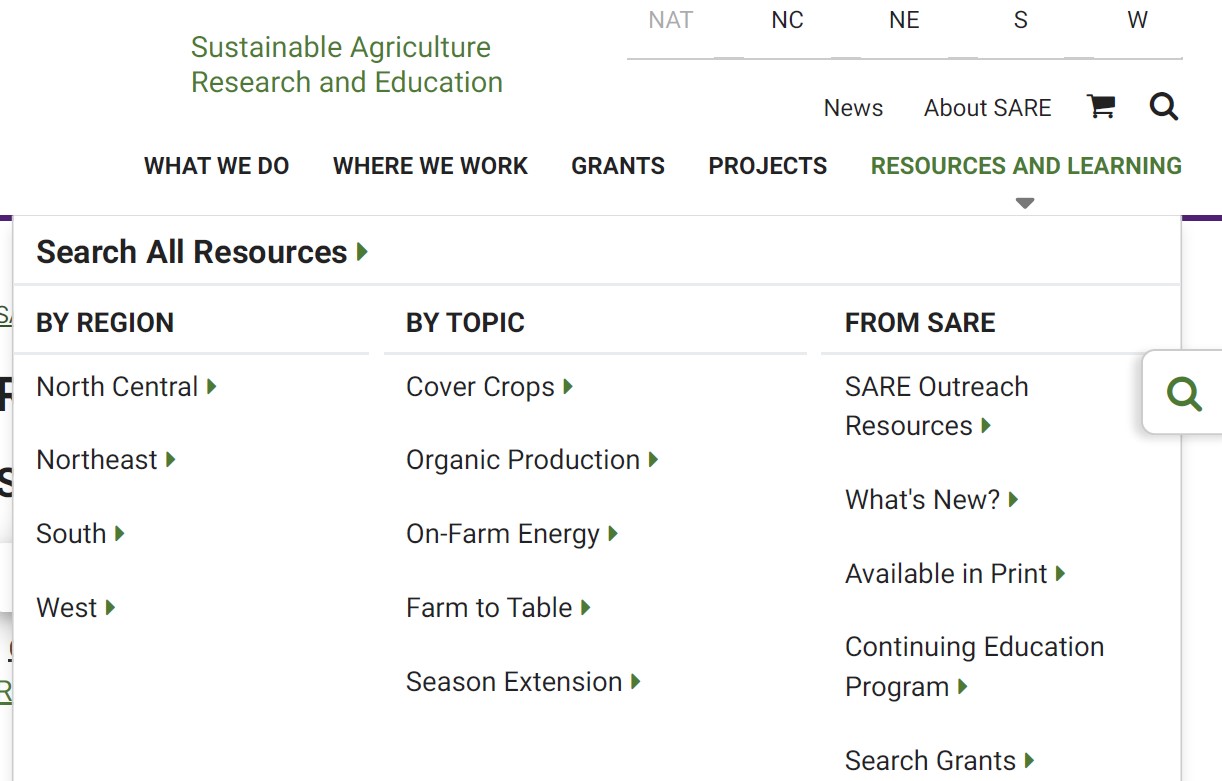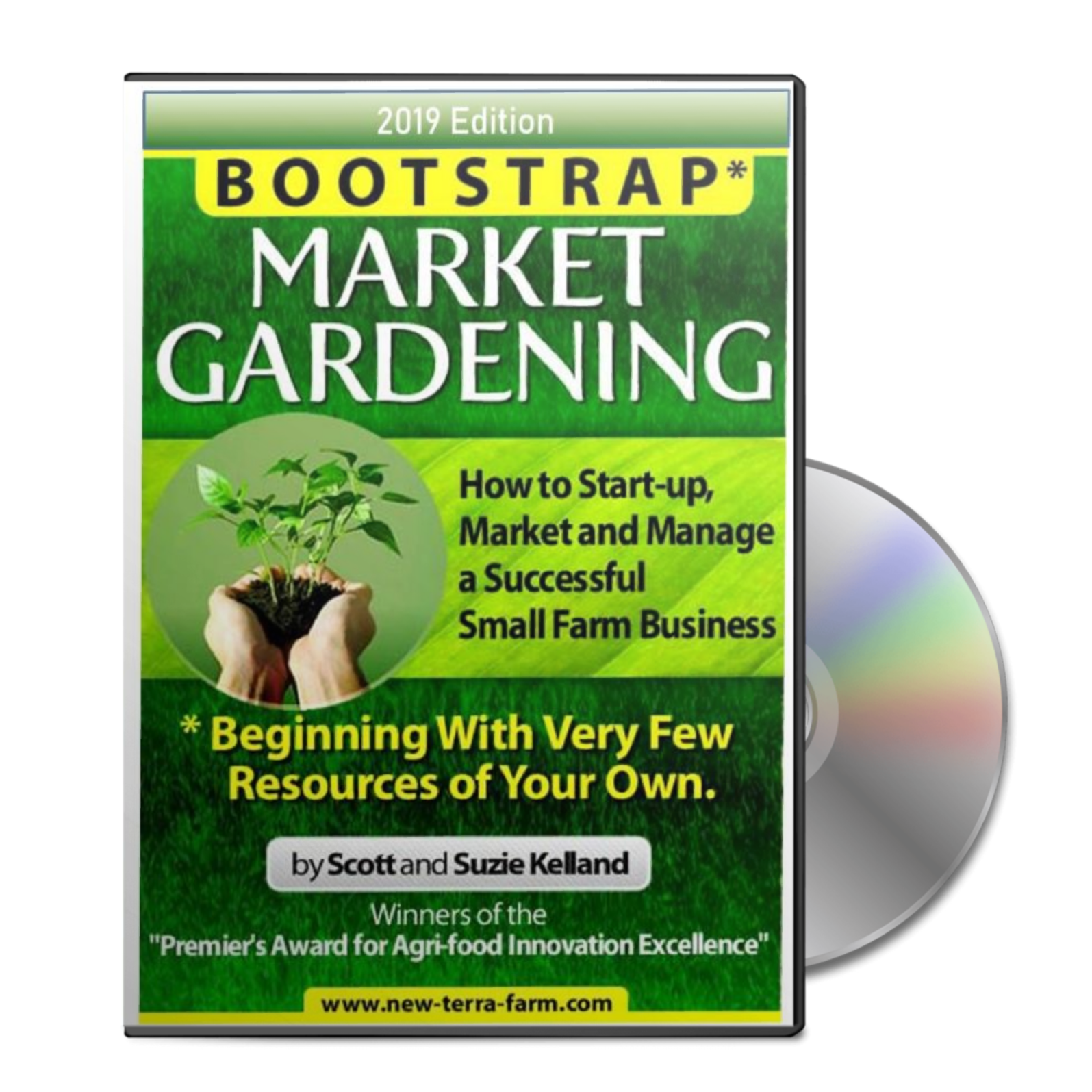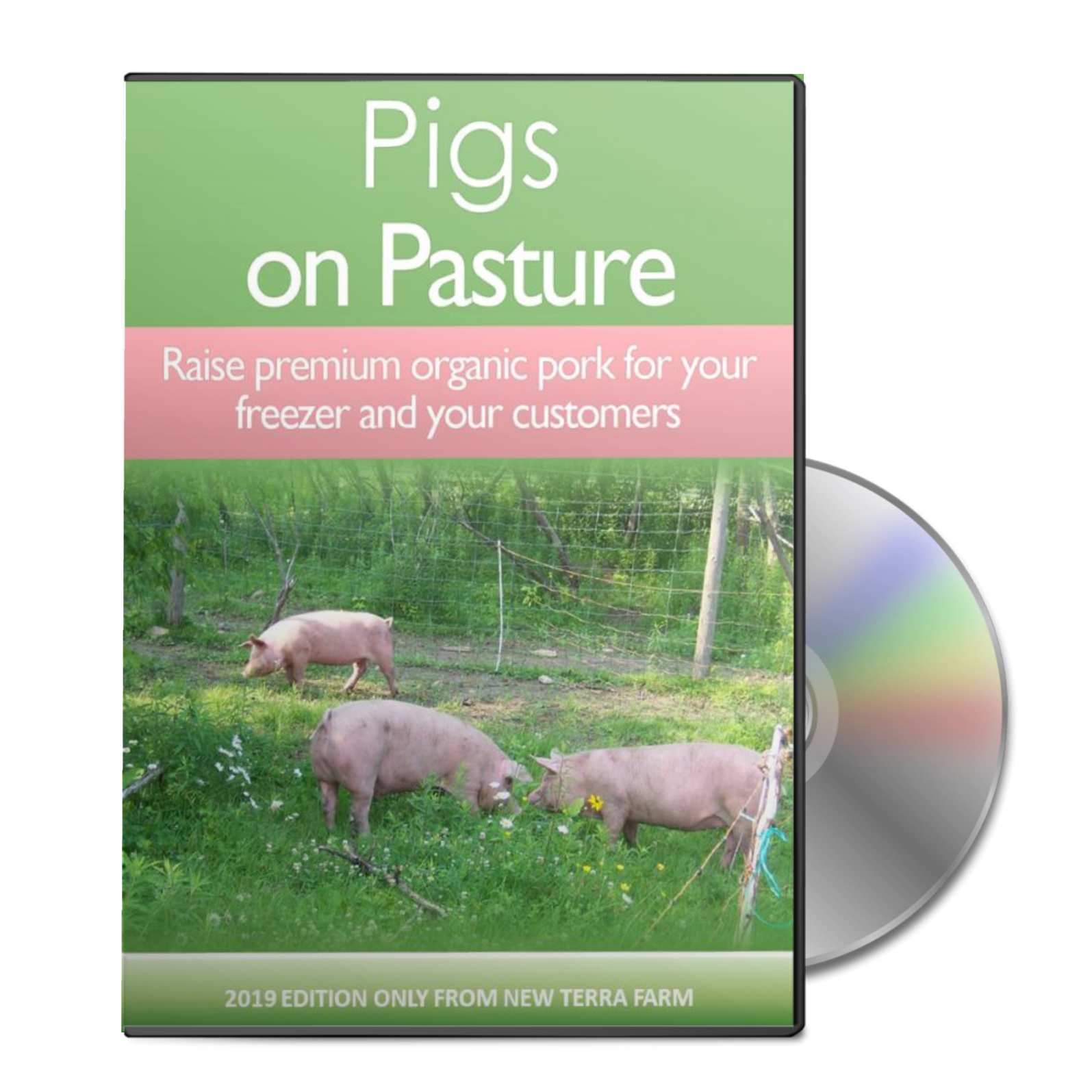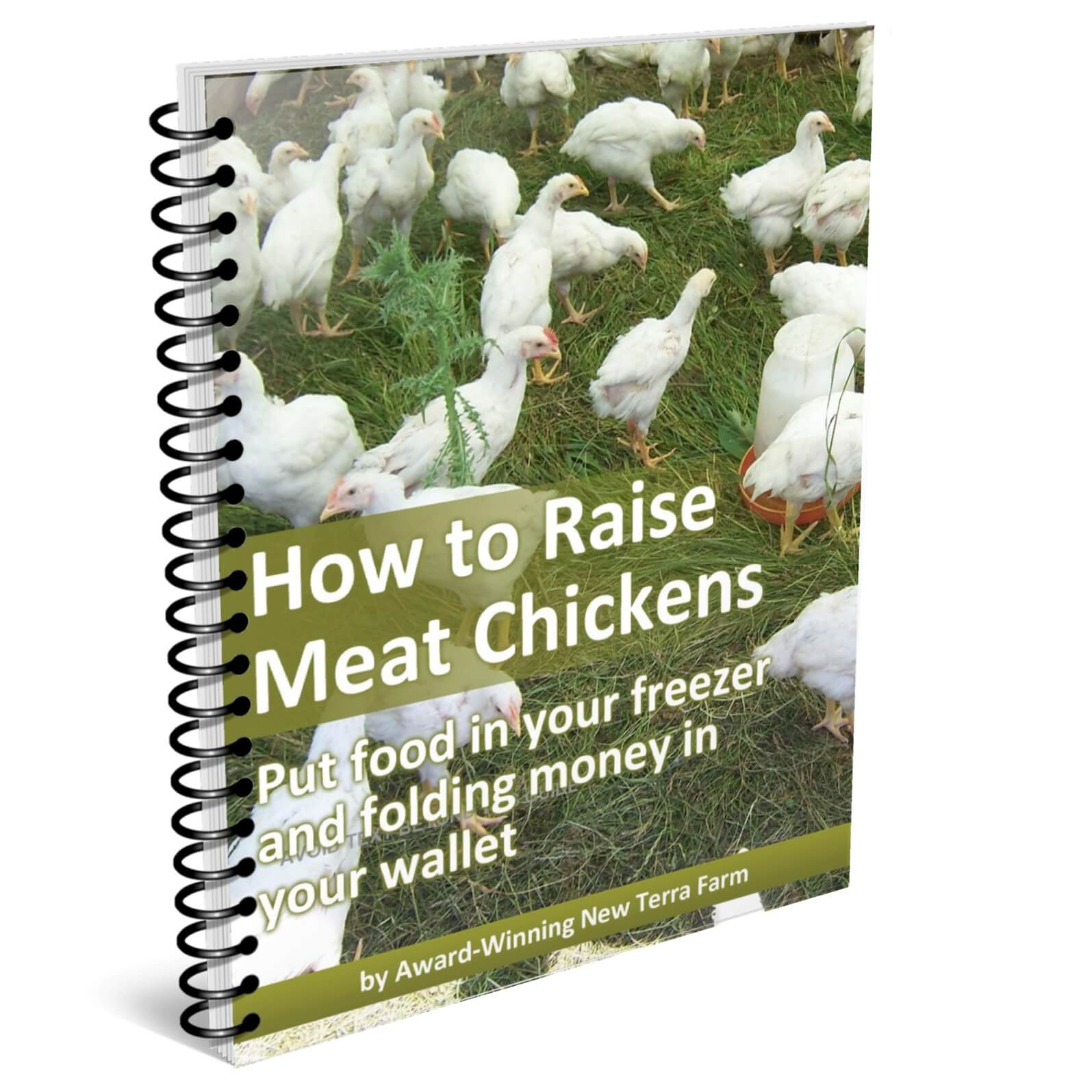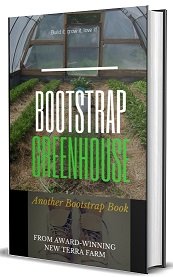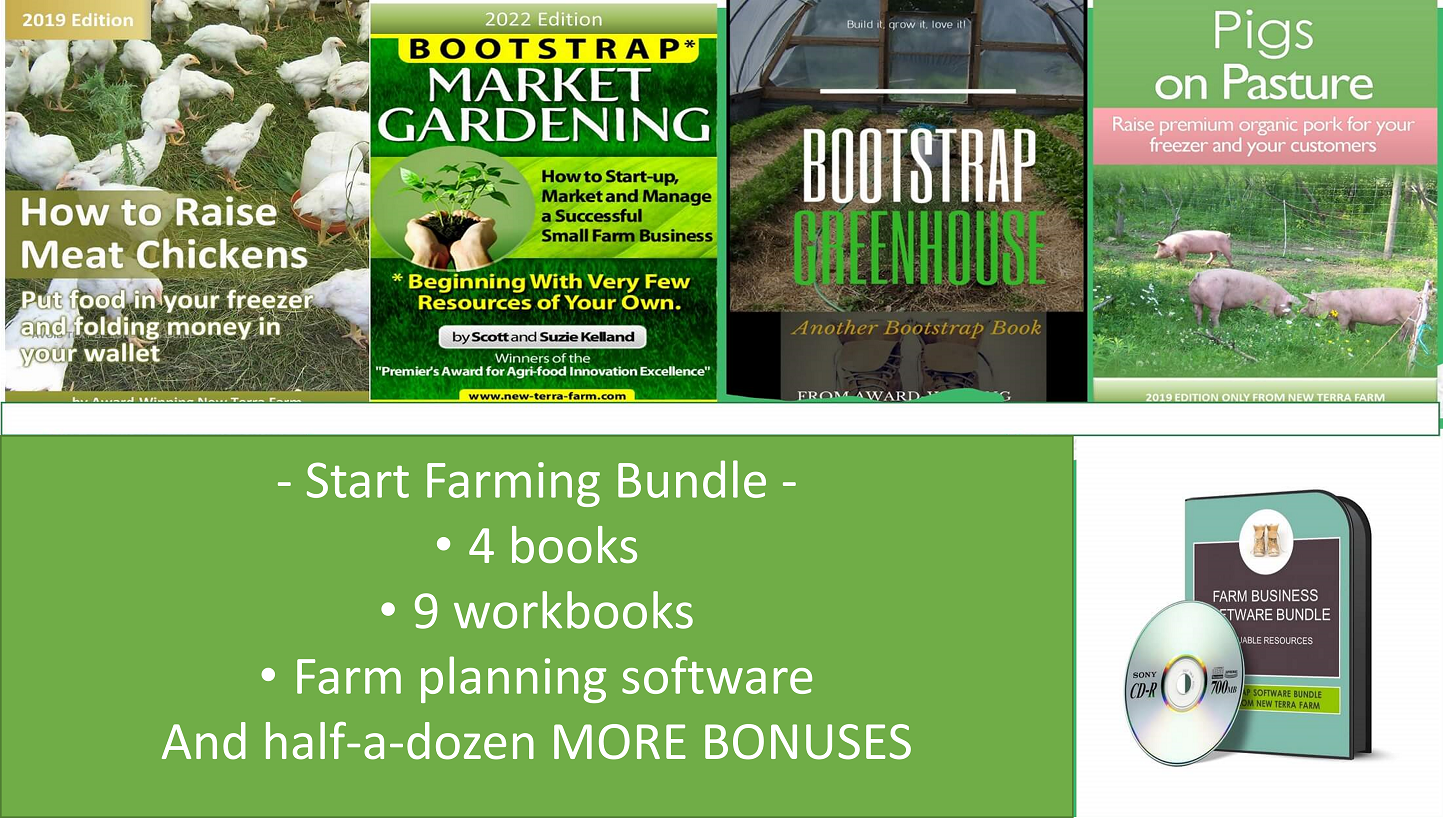How to Learn to Farm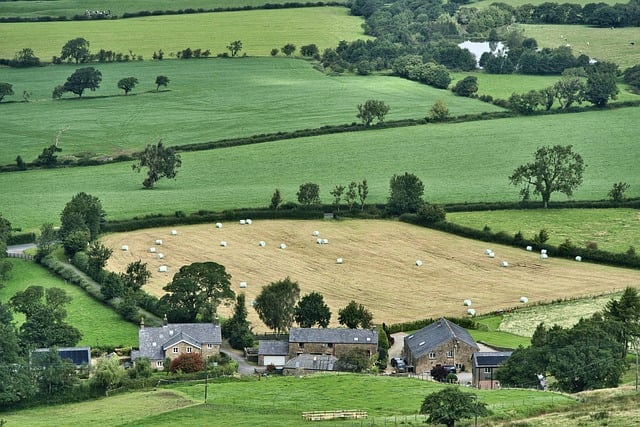 It's a pretty picture but you can't see the work that went into it It's a pretty picture but you can't see the work that went into itWith all the news recently of increasing food insecurity concerns and economic instability, I'm seeing a lot of people online wondering how to learn to farm. It seems many people are looking for both a meaningful way to contribute to the community and a secure, healthy lifestyle. No question that a small farm can contribute to both those outcomes. But with more than 20 years' experience operating New Terra Farm, I can tell you farming is not something to rush into. Farming is not like a typical 9-5 a job; it really will impact every part of your life. This is particularly true if you raise livestock. No matter what, the chores must get done, the animals are depending on you for food and water. Suzie and I can't do an overnight trip away from the farm without arranging farm-sitting. You need to be able to handle long hours, labor-intensive work, and unpredictable circumstances like foul weather and market changes. When I teach my Bootstrap Success Plan Course, one of the first exercises is guiding the participants to figure out their expectations for their farm business, and if they have the aptitudes, attitudes and assets to make it work. I don't want to discourage you; it's possible to launch a successful farm business, even as a 'newbie'. Suzie and I did it as a couple of 40-something former 'city folk'. And no question this has been the most rewarding adventure we ever embarked on. So my goal for this page is to provide enough practical, real-world information to let the prospective new grower decide if learning how to farm is the right adventure for them. With that preamble out of the way, let's get on with how to learn to farm. We'll start by defining our terms. What is this 'farm' you speak of?Let's define what a 'farm' is for the purposes of this article. While I'm aware of small farms that specialize in just one crop - e.g. I know a local farmer who just raises saffron, and my friends Ryan and Monica at Merrifield Farms just raise meat chickens for sale - the focus of this article will be the small, mixed farm, raising both produce and livestock, on a small acreage. You can see a more detailed definition on my What is Micro Farming page. This is probably the most common type of small farm in North America, and the one most in reach of the wanna-be farmer. It's possible to launch a farm like this with limited resources, and expand as your knowledge and assets grow. How to Learn to Farm, Step by Step
 Pitchforks and Spreadsheets - the life of the modern small farmer Pitchforks and Spreadsheets - the life of the modern small farmerI think 'pitchforks and spreadsheets' neatly summarizes the learning curve for the new farmer. To put this in context, you will need to learn about some very hands-on operational things like what equipment you need and how to maintain it, how to grow healthy plants, how to keep your land producing sustainably, how to care for animals, and lots of other get-your-hands-dirty stuff. But there is more to running a farm business than operations. You also need to understand planning and marketing and customer care and finance – they are equally import to the success of your business. In fact you have to make a lot of decisions about your farm business well before you buy that tractor or throw some seeds in the ground. There is a LOT of thinking involved, but... If you invest the time and effort, the end point is an achievable plan to start-up, market and manage a successful small farm BUSINESS, sustainably and profitably . The overall learning process goes something like this:
You can see these explained in more detail on this page. How to Learn to Farm - Practical Experience
After determining your farming interests and commitment, and getting some 'book learning' from the resources listed below, you need to consider ways to enhance your practical knowledge. You could volunteer at a local farm, join community farming groups, or sign up for an apprenticeship program. Such firsthand experiences give you exposure to daily farming tasks and responsibilities. A number of young people have spent a summer working at New Terra Farm, and then gone on to launch successful farm businesses of their own. We have also hosted folks interested in learning about farming from all around the world. You can check out Worldwide Opportunities on Organic Farms (WWOOF) to find a host farm to gain some hands-on experience. How to Learn to Farm - Best Books
One big advantage for the prospective new farmer in 2024 is the abundance of resources to help her learn how to farm. You can find books and courses and videos on just about every aspect of running a small farm. Lets start with my three favorite farming books. You Can Farm, by Joel Salatin. This book is both informative and inspiring. More than 400 pages of real-world guidance for making a living on a small farm. Joel doesn't gloss over the realities of the business of farming, he lays out the good and the not-so-good aspects of a running a farm business profitably and sustainably. This is the one to start with if you have ever entertained the notion of a farm of your own. My #1 pick. The New Organic Grower, by Eliot Coleman I've had an edition of his book in my library for more than 20 years. The New Organic Grower is probably the finest guide for small-scale organic farming, ideal for both new farmers and seasoned gardeners. The updated 30th-anniversary edition offers new tools and techniques, stunning photography, and insights from decades of experience. It blends practical advice with sustainable agricultural philosophy, particularly for growers managing 2.5 acres or less. The book's updates reflect the latest developments in organic farming, making it a valuable resource for anyone looking to grow organically and profitably. The Self-Sufficient Backyard, by Ron and Johanna Melchoire. I like books that have been written by folks who 'have been there, done that'. That's been true of Ron and Johanna for more than 40 years. From money-saving tips to providing your own food, heat, and hot water year-round, to money-making crops for your small homestead, this is a compendium of priceless knowledge. I'm a grower and a builder and a tinkerer, and like most small farmers i learned those skills 'on the job'. This is the book i wish I had when i started out more than 20 years ago. Highly recommended. By the way, I strongly recommend buying hard copies of the books you REALLY want. Have a peek at my farming and gardening library. I have over 150 titles that I consult regularly and also share with friends and fellow growers. 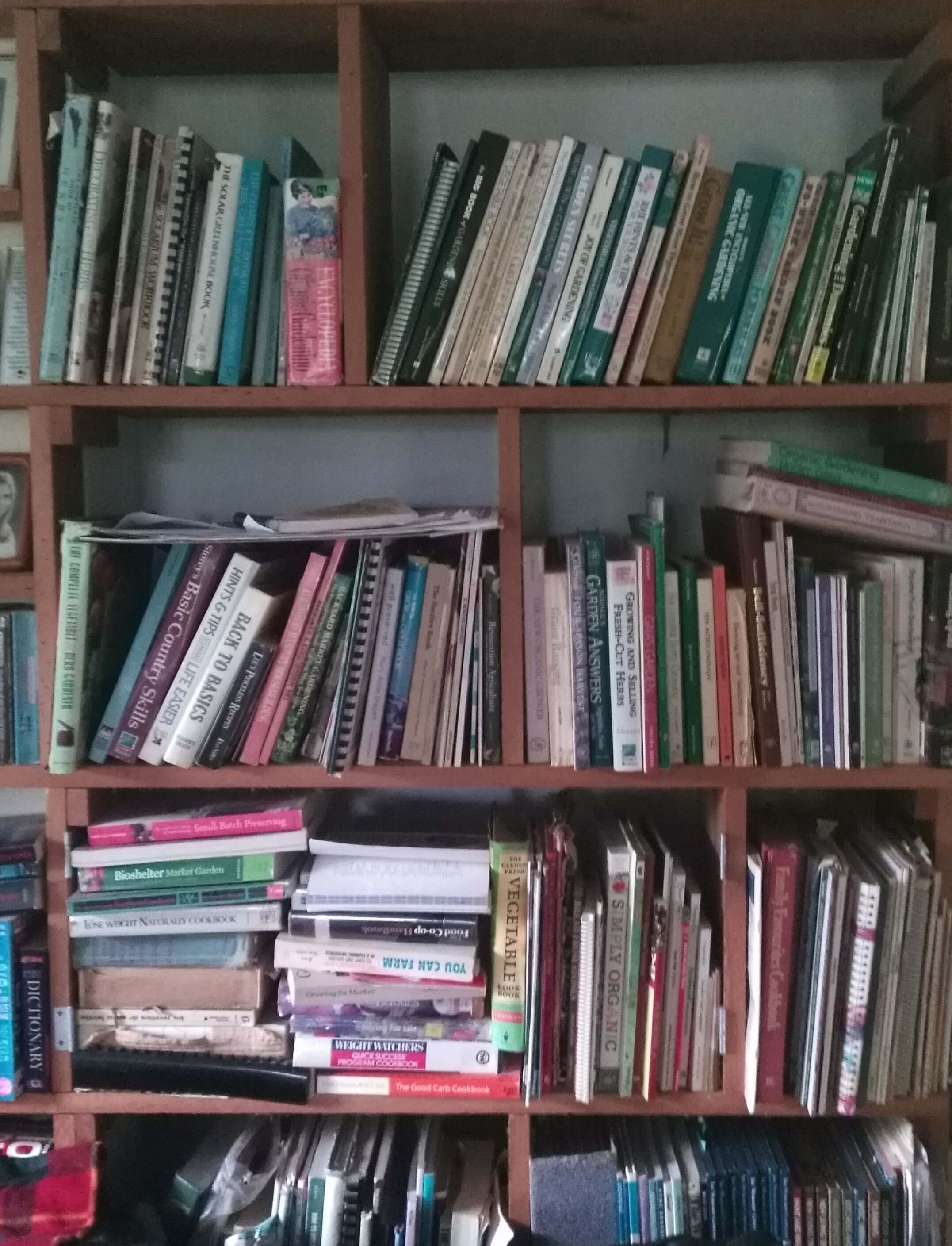 An investment in learning always pays off. An investment in learning always pays off.How to Learn to Farm - Free Resources
It's possible to find a LOT of free information on just about any topic related to small farms on the 'net. Here are a couple of my favorites: University of Minnesota Extension. Click on 'Learn About' to find a treasure trove of information ranging from animal husbandry to crop production to farm finances. Sustainable Agriculture Research And Education (SARE). SARE's home page explains their mission 'Farmer-driven innovations in agriculture that improve profitability, stewardship and quality of life'. Check out their Resources and Learning link to get access to guides, books and videos, all free for the small grower. SARE also funds grants for agricultural research by small farmers. New Terra Farm Resources for the Small Grower
Besides the 200 or so pages of free content on this site, I also offer a couple of free guides that provide a good overview of market gardening and farming. 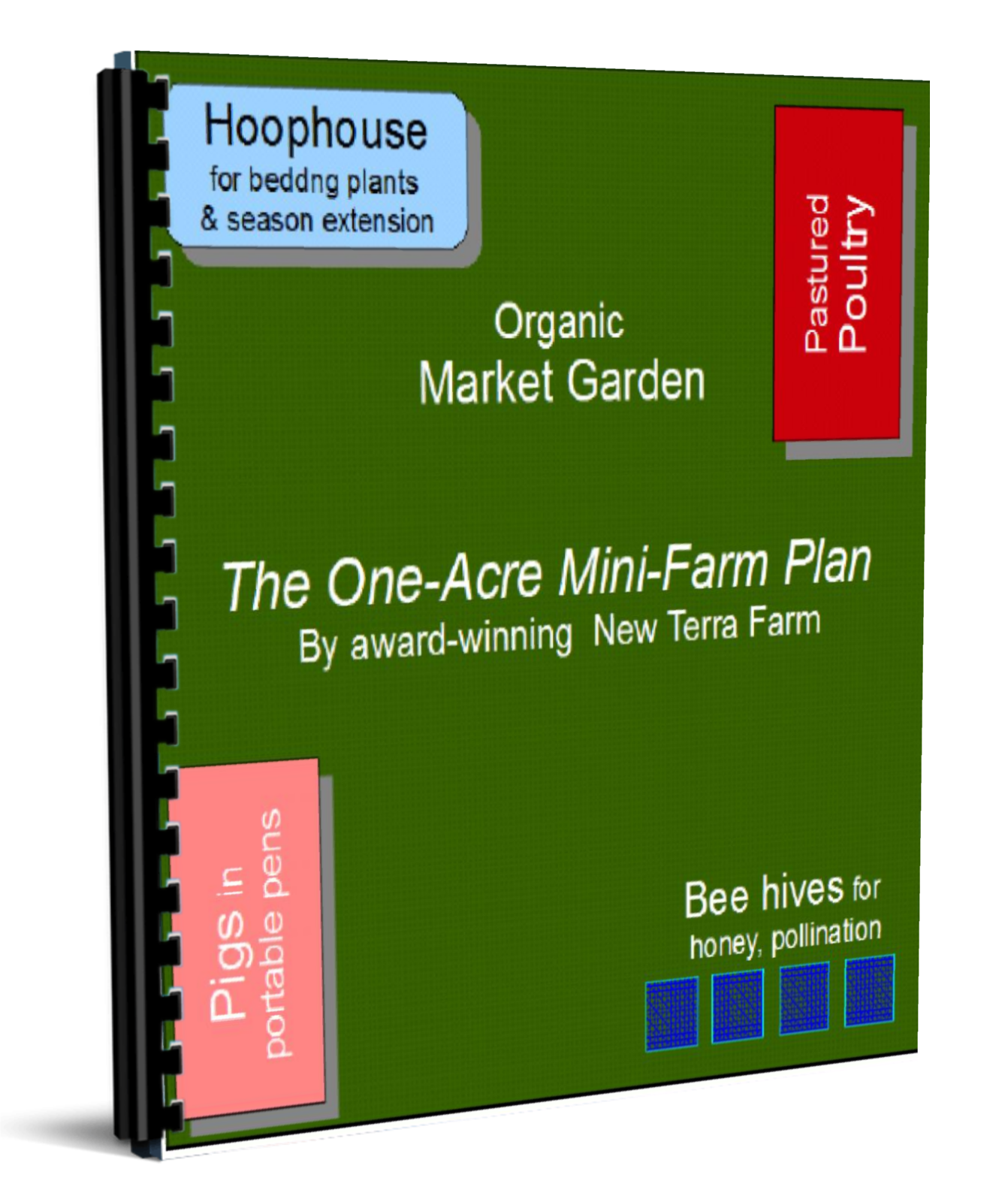 Get my FREE One-Acre Farm Plan and learn how to raise pigs, chickens and more, integrated with an organic market garden, to
make more money from your small property. I also wrote some books...I compiled my experience gained from 20-plus years running award-winning New Terra Farm into some books and courses for the new or soon-to-be small grower. CSA Market Gardens typically have the highest net income. Bootstrap Market Gardening shows you step-by-step how to start-up, market and manage an organic market garden based on CSA principles. New edition includes my Garden Planner spreadsheet. Get Bootstrap Market Gardening only from New Terra Farm. Bootstrap Bacon! Raising pigs is a great complement to your market garden. Piggies will root up the soil and clean up garden waste, turning old veggies into delicious organic PREMIUM PORK. My latest edition also includes my fabulous Porkulator spreadsheet. I couldn't find a tool to help me calculate costs and profits for my pastured piggies, so I had to create one. If you have a small property and would like it to work for you chickens are the ideal 'starter' livestock. This book will show you the secrets of raising meat chickens humanely, organically, and sustainably. If you want to put some food in your freezer (and maybe some money in your wallet) this book will show you how. Two Bonus Chicken Coop Plan Books included to help you get started right away raising your own pastured poultry flock. If you are VERY serious about growing good food for yourself and your family, there is no better investment than your own greenhouse. We have built and currently use three different styles of greenhouses. This book includes plans, pictures, and instructions for all three. I guarantee you can find a place for one (or more) of them at your homestead (or even a big back yard). The smallest one - my Cattle Panel Palace - is just 8 x 12 and can be built in one morning at a cost of $200. Includes Bonus Books Greenhouse Planting Schedule and Resource Report. Or get ALL these books in my 'Start Farming Bundle'
Get this bundle (and save a bundle) in my Start Farming Pack.
|
See Something You Like? Share!
Got questions to ask, stories to tell?
Share your organic market gardening question, or comment, or story.
I'm an affiliate for some products I promote on this site. This means I get a small commission for a product you buy through a link on one of my pages. This doesn't cost the buyer anything, but provides me an additional income to help support these pages.


